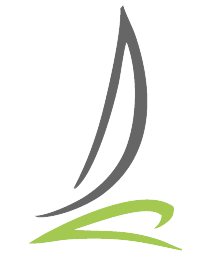How Small Business Owners Can Save For Retirement
As summer comes to an end and an election is on the horizon, there’s a strong indication that business owners will be faced with higher taxes. Here’s an important reminder of a major change a few years back.
In 2017, the Canadian government introduced the “Passive Investment Income Rules”, limiting a business owner access to the full Small-Business Deduction (SBD) for tax years beginning after 2018. The SBD is a special deduction available only to Canadian-controlled corporations to reduce the overall tax paid on the first $500,000 active business income earned. Not only has this rate been an important incentive to business owners as they start or expand their small businesses, but it has also allowed business owners to use their corporations to accumulate retirement savings.
Navigating these tax rules makes saving for the future harder. Many small business owners who rely on their businesses to earn and save for retirement are facing reduced levels of saving from inside of their companies.
A thoughtful, strategic plan protects your business growth from tax. The key here is to reduce the amount of “Adjusted Aggregate Investment Income” (AAII) earned annually by your company, to maintain access to the full SBD. Here are 3 strategic ways to do that:
Control/Manage Your Asset Allocation. By adjusting your asset allocation from inside your corporation that holds your passive investments, there is potential to reduce the amount of annual AAII reported. If you hold onto your investments long term, tax can be deferred and you can avoid reporting taxable income on unrealized capital gains. By holding the fixed income portion of your portfolio outside of your corporation (in your RRSP or a tax-free savings account, for example), the highly taxed income won’t create more taxes.
Invest in Permanent Life Insurance. A permanent life insurance policy allows you to earn non-taxable cash value (or investments) within that policy. Upon the death of the insured, the proceeds are paid out tax-free and will increase the capital dividend amount of the corporation, meaning that your heirs will be able to draw tax-free funds from the corporation by paying tax-free dividends out of the company.
Consider Setting Up an Individual Pension Plan (IPP). Your corporation can deduct contributions to an IPP, where the investments would then be held. In this way, annual income avoids tax. Why? It evades the definition of “AAII”. Interestingly, too, an IPP can allow for greater investments than an RRSP.
If you’d like to sit down with us and discuss how these strategies might work for you to protect your wealth from taxes, let us know. You’ve worked hard for your success. Let’s keep what you’ve built yours.
